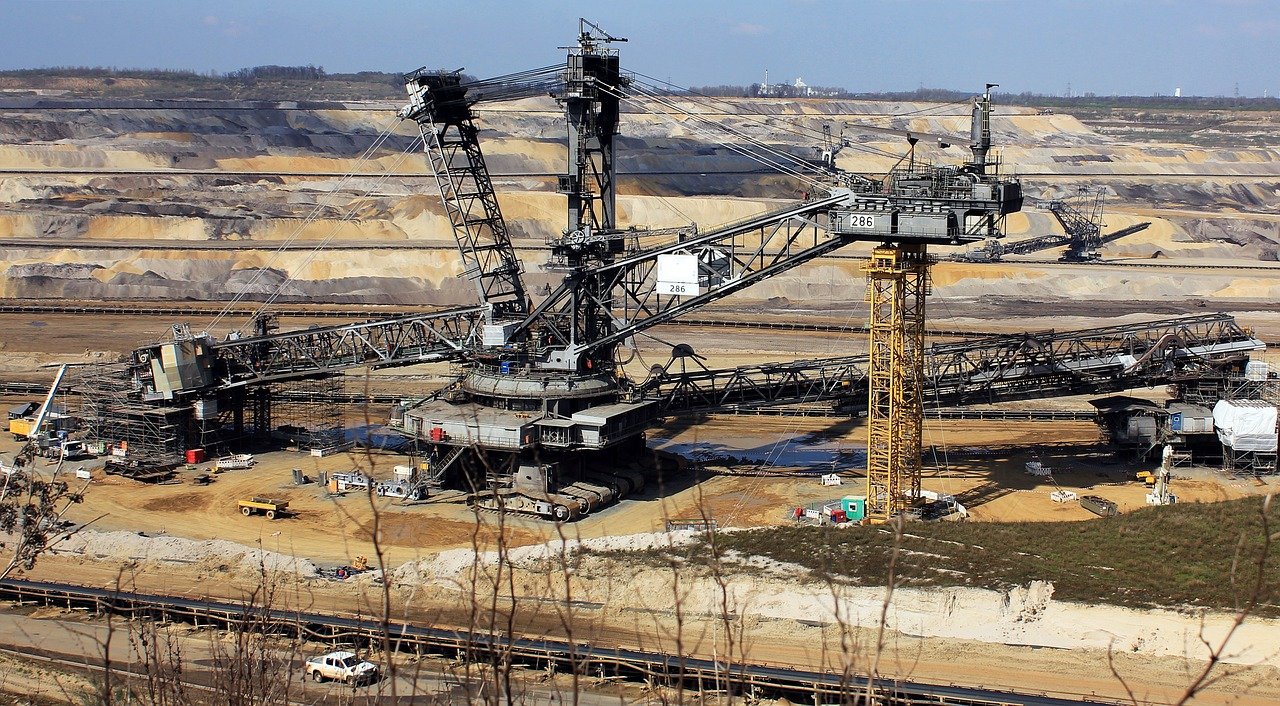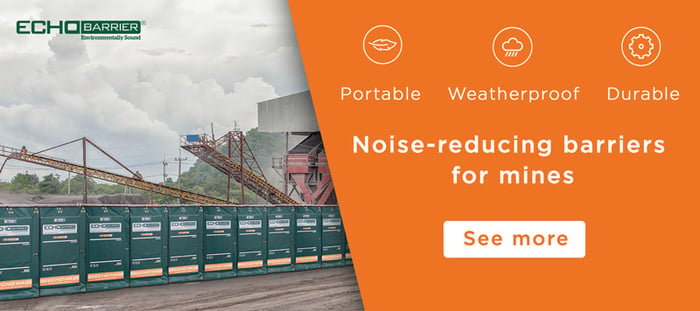
An Environmental Impact Assessment (EIA) is a necessity for any project with the possibility of having a significant adverse impact on the environment. It’s even more essential for mining projects and other major developmental projects. You need to follow a series of steps to determine whether you need to conduct an EIA and how to accomplish it. Here are the seven steps you should follow:
1. Environmental screening
Screening is the first stage in an EIA. It provides you with a well-structured, clear, and factual analysis of the effects of your actions. The results you get in this stage will determine whether you will need to conduct a full EIA based on the likelihood of significant impacts or its absence.
This step is beneficial for a couple of reasons. Firstly, it aids you in making informed decisions. And secondly, it allows you to screen out unsound proposals that will have adverse social or environmental impacts. Also, note that you can combine the two screening procedures (Central America and Development Banks) for more accurate results.
2. Scoping
This second stage allows you to prioritize critical issues to keep in mind during an EIA while eliminating others. While scoping, there are a couple of steps you cannot ignore. Firstly, after setting up your team of experts for the EIA, you need to describe and set boundaries for the project area and the project influence area. Also, you need to hold public and stakeholder meetings and consultations. You will use the feedback you collect in your outline of project alternatives and planning.
3. Impact assessment and mitigation
In this step, you need to give a detailed evaluation of your project’s social and environmental impacts and alternatives and compare them to baseline conditions. Additionally, it would help if you also came up with preventive measures to avoid the adverse effects. That way, you get positive outcomes with little to no harm done to the environment and those around it.
4. Impact management
There are a couple of risks that you may not have control over during the lifetime of your mining project, including natural disasters and technology failures. This step involves coming up with a series of protocols and plans to handle such risks. The protocols and plans also aim to manage and monitor the mitigation measures you came up with within the previous stage.
5. EIA report
In every EIA process, reporting plays a significant role. An EIA report contains a complete compilation of your project’s components running through all the previous stages. You include your project description, assessment report of the environmental impacts, mitigation actions you are taking, and any other vital details in your impact management and monitoring plans. These allow you to convey your assessment results, mitigation measures you came up with, and their outcomes. That way, you can make informed decisions.
6. Review and licensing
Before you get a project license, you need to submit your EIA report. In this step, you give a final check to ensure that your EIA report is of high quality. The review should confirm that you used proper methods in your environmental impact assessment, you provided quality data, and your EIA report addresses the relevant mitigation actions.
7. Monitoring
The project proponent does this last stage with the relevant agencies’ supervision (government or independent). This stage is to provide information on the environmental impact of the project during its lifecycle. Necessary monitoring will continue during the remediation period of the project.
Mining Noise Control
Noise is a principal contributor to environmental impact in mining. Echo Barrier keeps mining noise under control, reducing the environmental effects of a site.

